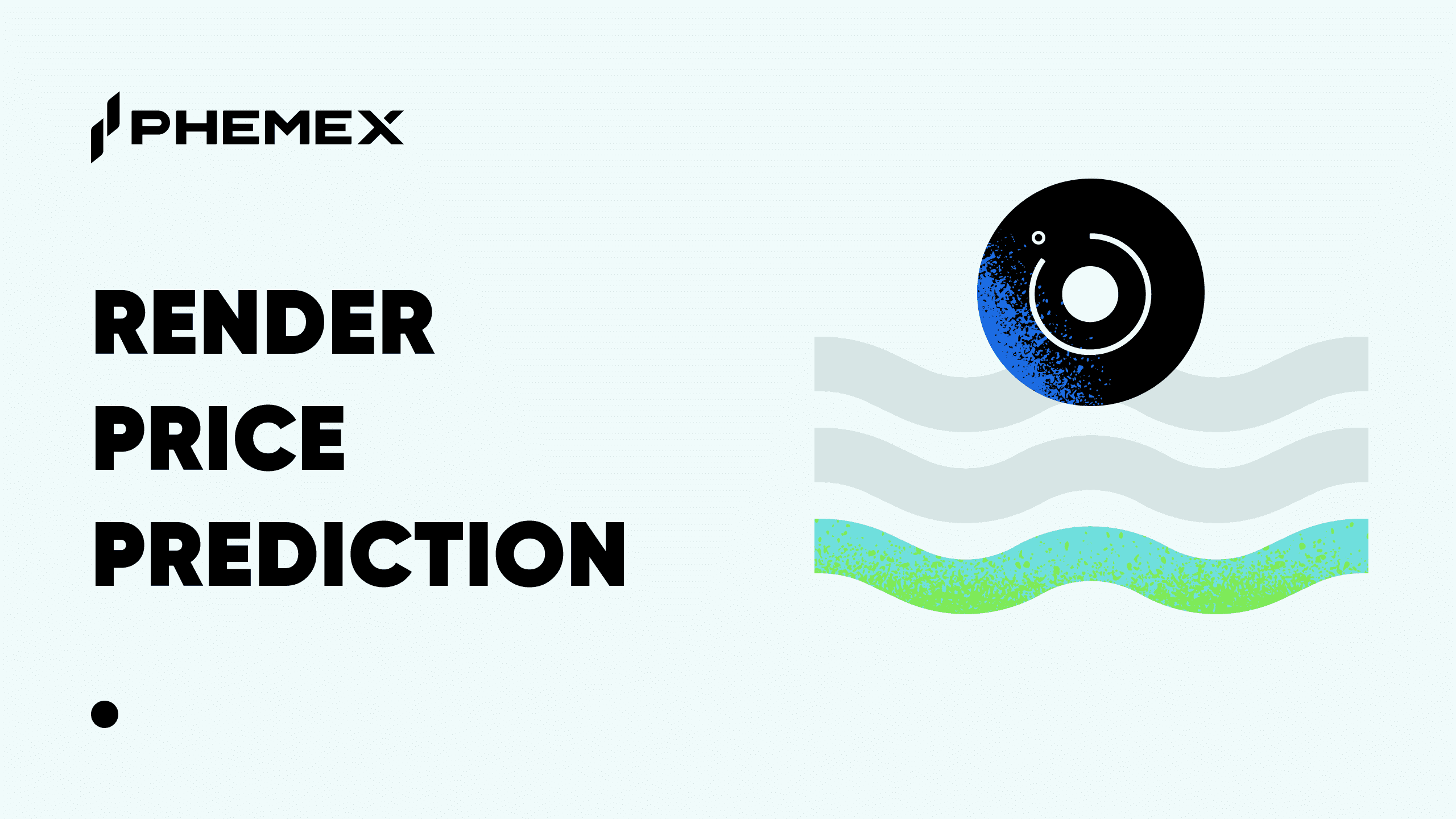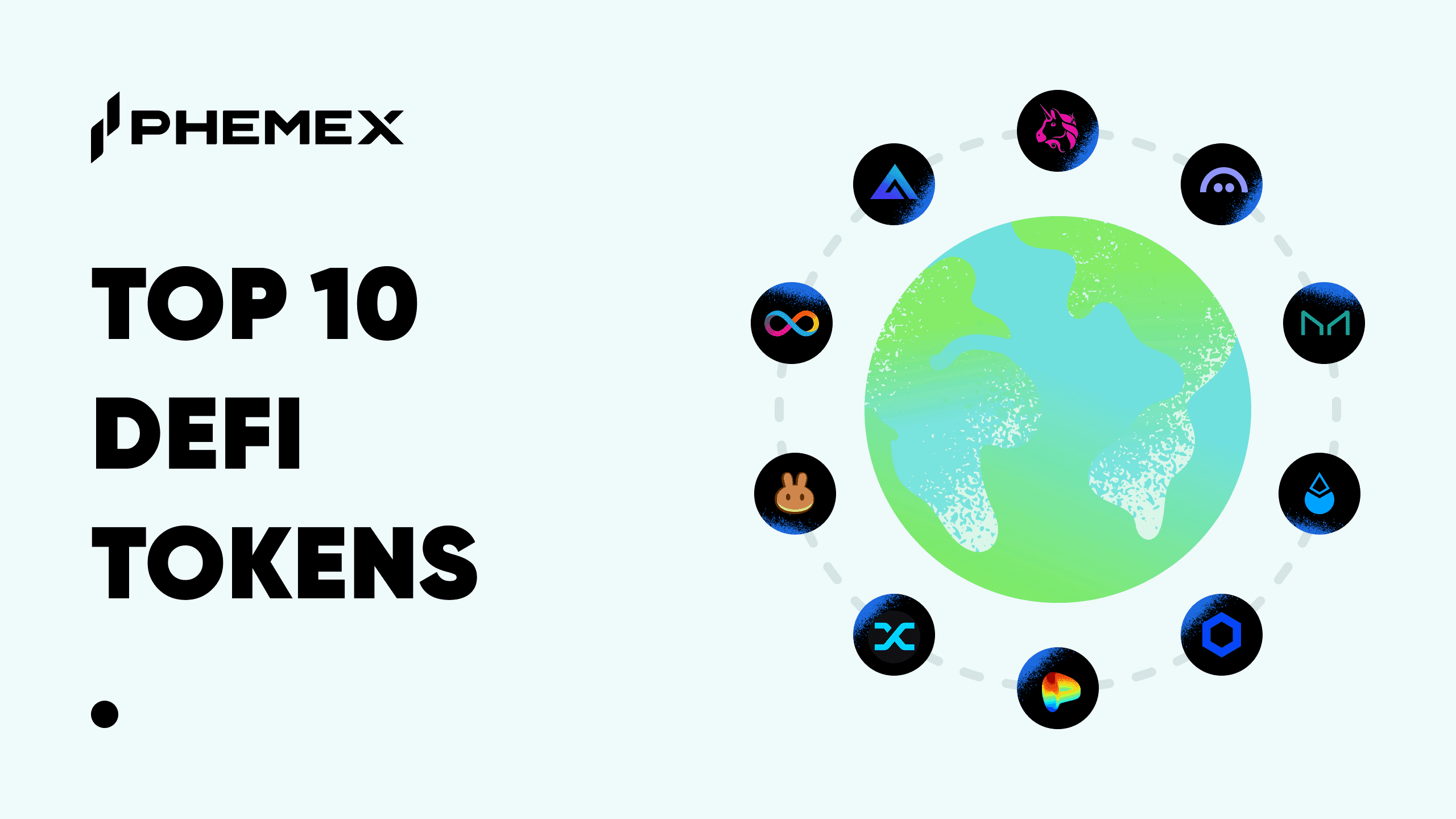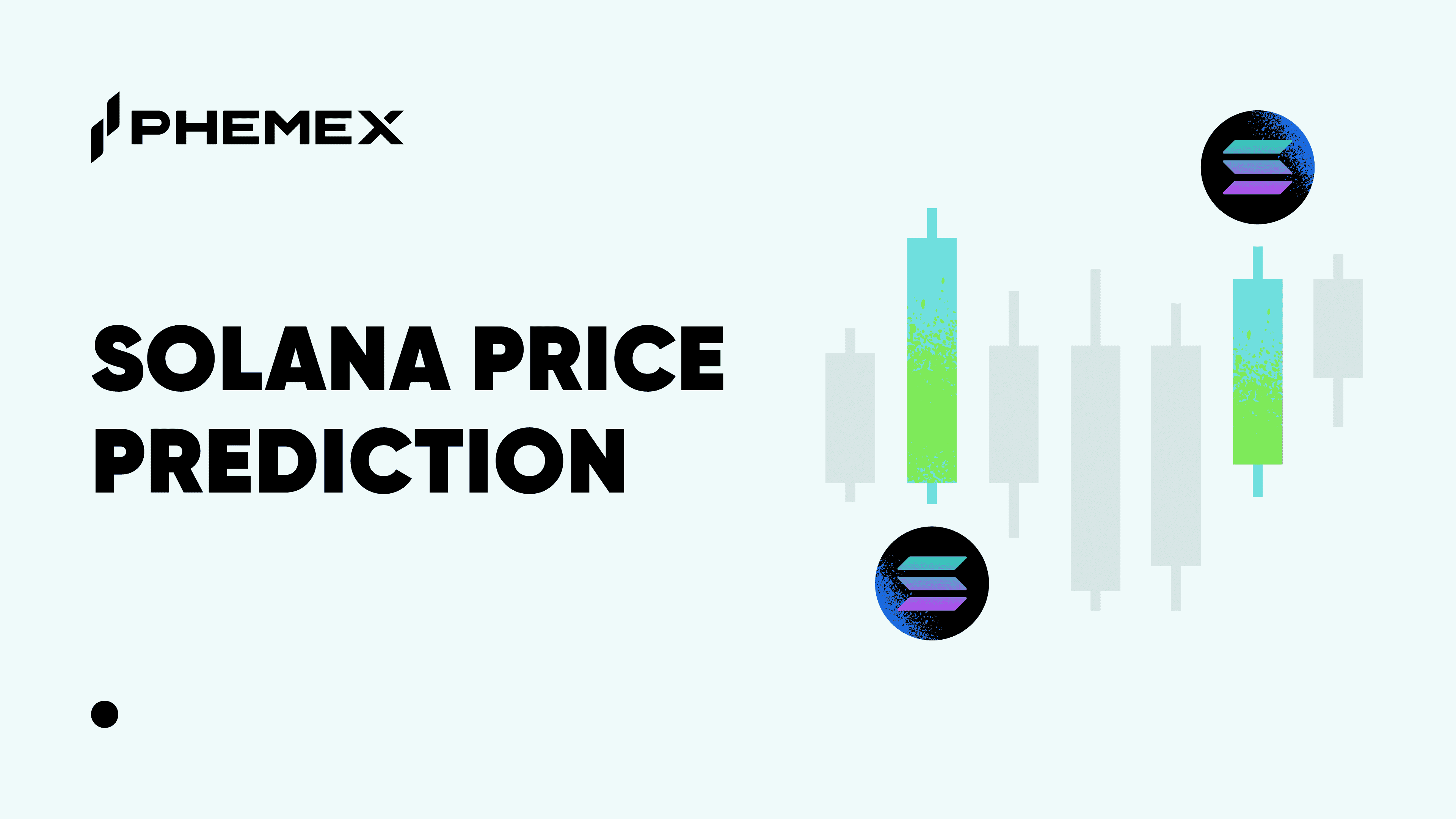Synthetix is a DeFi protocol based on Ethereum that allows users to mint synthetic assets as tokens. It’s become one of the most popular DeFi applications, reaching over $2.5 billion of value locked in January 2020 and consistently ranking in the top ten.
Synthetix was founded initially as a stablecoin project called Haven. In early 2019, it rebranded, expanded its scope, and launched as Synthetix. However, it only began to gain significant traction once the enthusiasm for DeFi protocols exploded in mid-2020.
Part of the reason for the success of Synthetix is that it is one of the only DeFi apps in existence that offers access to digital synthetic assets. But what does this mean?
What Are Synthetic Assets?
The idea of synthetic assets isn’t unique to cryptocurrency. It comes from traditional finance, where traders and investors set up synthetics to mirror a given instrument’s actions, but with specific characteristics changed. This gives some flexibility to financial vehicles that would otherwise be fixed.
One example might be a synthetic futures contract based on options. An investor could purchase put and call options with the same strike price and expiry date, which serves the same purpose as a futures contract in that it allows them to speculate on the future price. However, while a futures contract is a legally binding agreement to buy or sell a particular asset at a pre-agreed price, options only give the holder the right to buy or sell – not the obligation.
In cryptocurrency, synthetics have recently become more popular as digital tokens that mirror other digital assets’ market activity. One of the best-used examples is Wrapped Bitcoin (WBTC.) WBTC is an ERC-20 token that tracks the price of Bitcoin. However, unlike Bitcoin, it can be used within the Ethereum ecosystem.
Synthetic digital assets can mirror the prices of any asset. Users could trade tokens representing cryptocurrencies, fiat currencies, commodities such as gold or oil, company stocks, or indices. Whereas a trader in the traditional market would have to buy or sell via a broker, digital synthetic assets offer price exposure but with all the benefits of blockchain. These include fast settlement, no middleman, on-chain transparency, and low barriers to entry. Anyone can instantly set up an account and start trading within a few minutes.
This ultimately means that digital synthetic assets offer the potential to unlock some of the vast liquidity in the traditional markets and bring them into the decentralized, open financial ecosystem.
How Does Synthetix Work?
Synthetix has two branches to its protocol. One is a decentralized exchange that allows users to trade tokens. However, the exciting part of the Synthetix platform is that users can mint their own synthetic assets, called “Synths.”
The application developers currently decide which assets to list. There is a wide range of assets to choose from, covering various altcoins and tokens, fiat currencies, commodities such as gold, silver, and oil, and indices, including the FTSE 100 and Nikkei 225. Synths are available as long or short instruments, which can be differentiated by their prefixes. Long tokens are prefixed with an “s” – for example, sBTC, sETH, sOIL, or sNIKKEI. Short Synths are called “inverse Synths” and are prefixed with an “i.”
When a user wants to mint a Synth, they need to use the Synthetix native platform token, SNX, as collateral. The minting platform is called Mintr. A user can simply visit the Mintr interface, connect their wallet, and choose which Synths they want to mint, staking their SNX in exchange for their Synth tokens. They can then trade their Synths on the Synthetix exchange.
When they want to withdraw their stake, Mintr burns their Synth tokens and returns their SNX.
Although the protocol offers various Synths, the most popular pair on the Synthetix exchange is sETH/sUSD, accounting for three times the volume of the next most active market, sXRP/sETH. The three most popular Synths are sUSD, sETH, and sBTC, which account for over 75% of all Synths minted.
SNX Token Features and Performance
The SNX token offers legitimate utility within the platform, as users have to own SNX to mint Synths. However, Synthetix also distributes a share of transaction fees to holders, meaning that they can earn a passive income simply by staking SNX.
SNX/USDT token pair is now available on Phemex!
This tokenomic model also plays to the laws of supply and demand. Users are incentivized to stake their SNX tokens, locking them out of circulation and decreasing the supply. In turn, the supply constraint helps to push the price due to demand from traders wanting to share the incentives.
Furthermore, each time the price of SNX increases, the protocol unlocks the equivalent value of tokens. So if someone stakes $100 worth of SNX and the price goes up by 50%, they’ll get $25 worth of SNX unlocked that they can then use to stake and earn more transaction fee rewards.
The model has proven very successful for the SNX token price, particularly as users have started enthusiastically adopting the Synthetix protocol since the second half of 2020. SNX posted gains of 2,000% between June 2020 and January 2021, going from a value of $0.80 to reach an all-time high of over $17.
In December 2020, Coinbase announced it would be listing SNX, providing a further price boost.
Drawbacks of Synthetix
The major drawback of Synthetix is that it’s based on Ethererum. While this offers several advantages, Ethereum’s infrastructure is struggling under the weight of traffic. Ethereum transaction fees recently exceeded an average of $10. However, using an application like Synthetix can involve multiple transactions for the mint, trade, and burn activities. Therefore, traders need to be transacting high values to ensure they can make enough profit to pay the fees and still pocket gains in the end.
Synthetix currently enjoys a first-mover advantage, so the fact it’s based on Ethereum isn’t necessarily a deterrent for those who want to participate in trading synthetic crypto assets. However, given the popularity, other protocols are entering the synthetics space that aren’t constrained by Ethereum’s limitations.
One notable example is Mirror Protocol, based on the Terra platform. Terra has achieved significant success in South Korea with its Chai payments app. In contrast to Synthetix, Mirror is seeing traction on synthetics based on stocks and requires a lower collateralization ratio than its competitor.
Terra is based on the Cosmos SDK, offering the promise of interoperability between DeFi dApps based on various blockchains thanks to the Cosmos inter blockchain communication feature. Furthermore, it’s more scalable than Ethereum in its current form.
Conclusion
Synthetix is blazing a trail in the domain of synthetic assets based on blockchain technology. The SNX token has strong fundamentals, and the protocol itself enjoys a first-mover advantage over newer entrants. However, the presence of up-and-coming competition means that the team at Synthetix will have to continue innovating if they want to maintain an edge.
Read More
- Synthetic Crypto vs. Traditional Synthetic Assets: Key Differences Explained
- What is Synapse Protocol: Secure, Cross-Chain Bridge
- https://phemex.com/academy/defi
- What Are Non-Fungible Tokens (NFTs): Introduction to NFTs
- Blockchain Analytics: 11 Free Crypto Research Tools You Need
- What Are Decentralized Applications (dapps)?
- Crypto Trading vs. Investing: Key Differences Explained
- What is Horizon Protocol: A Synthetic Asset Platform












